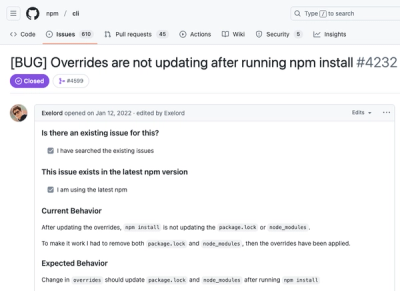python-sharepoint
A Python library and command-line utility for gettting data out of SharePoint.
If you're more a Perl person, you might also want to try SharePerltopus <https://github.com/cgutteridge/SharePerltopus>_.
Installation
Either install the latest development from git::
$ git clone git://github.com/ox-it/python-sharepoint.git
$ cd python-sharepoint
$ sudo python setup.py install
... or, install the latest stable version using pip::
$ pip install sharepoint
You will need lxml <http://lxml.de/>_, which you can install using your
package manager or pip. Run one of the following if it's not already
installed::
$ sudo apt-get install python-lxml # Debian, Ubuntu
$ sudo yum install python-lxml # RedHat, Fedora
$ sudo pip install lxml # pip
Usage
First, you need to create a SharePointSite object. We'll assume you're
using basic auth; if you're not, you'll need to create an appropriate urllib2 Opener <http://docs.python.org/2/library/urllib2.html#urllib2.build_opener>_
yourself.
.. code::
from sharepoint import SharePointSite, basic_auth_opener
server_url = "http://sharepoint.example.org/"
site_url = server_url + "sites/foo/bar"
opener = basic_auth_opener(server_url, "username", "password")
site = SharePointSite(site_url, opener)
Lists
First, get a list of SharePoint lists available::
for sp_list in site.lists:
print sp_list.id, sp_list.meta['Title']
You can look up lists by ID, or by name::
# By ID, without braces
print site.lists['1EF5668C-0AB4-4020-98EF-26325E412C3C']
# By ID, with braces
print site.lists['{1EF5668C-0AB4-4020-98EF-26325E412C3C}']
# By name
print site.lists['ListName']
Given a list, you can iterate over its rows::
sp_list = site.lists['ListName']
for row in sp_list.rows:
print row.id, row.FieldName
``rows`` is a list, which doesn't help you if you want to find rows by their
SharePoint row IDs. For this use a list's ``rows_by_id`` attribute, which
contains a mapping from row ID to row.
You can assign to fields as one would expect. Values will be coerced in
mostly-sensible ways. Once you're done, you'll want to sync your changes
using the list's ``save()`` method::
sp_list = site.lists['ListName']
# Set both the URL and the text
sp_list.rows[5].Web_x0020_site = {'url': 'http://example.org/',
'text': 'Example Website'}
# Set the URL; leave the text blank
sp_list.rows[6].Web_x0020_site = 'http://example.org/'
# Clear the field
sp_list.rows[7].Web_x0020_site = None
sp_list.save()
Consult the ``descriptor_set()`` methods in ``sharepoint.lists.types`` module
for more information about setting SharePoint list fields.
Document libraries
Support for document libraries is limited, but SharePointListRow objects do
support a is_file() method and an open() method for accessing file
data.
Command-line utility
Here's how to get a list of lists from a SharePoint site::
$ sharepoint lists -s http://sharepoint.example.org/sites/foo/bar \
-u username -p password
And here's how to get one or more lists as XML::
$ sharepoint exportlists -s http://sharepoint.example.org/sites/foo/bar \
-l FirstListName -l "Second List Name" \
-u username -p password
You can also specify a file containing username and password in the format
'username:password'::
$ sharepoint --credentials=path/to/credentials [...]
If you want to manipulate SharePoint sites from a Python shell, use the
``shell`` command::
$ sharepoint shell -s http://sharepoint.example.org/sites/foo/bar \
-u username -p password
Once you're in the Python shell, there will be a ``site`` variable for the
site you specified. See above for things to do with your site.
For help (including to see more options to configure the output, use ``-h``::
$ sharepoint -h



